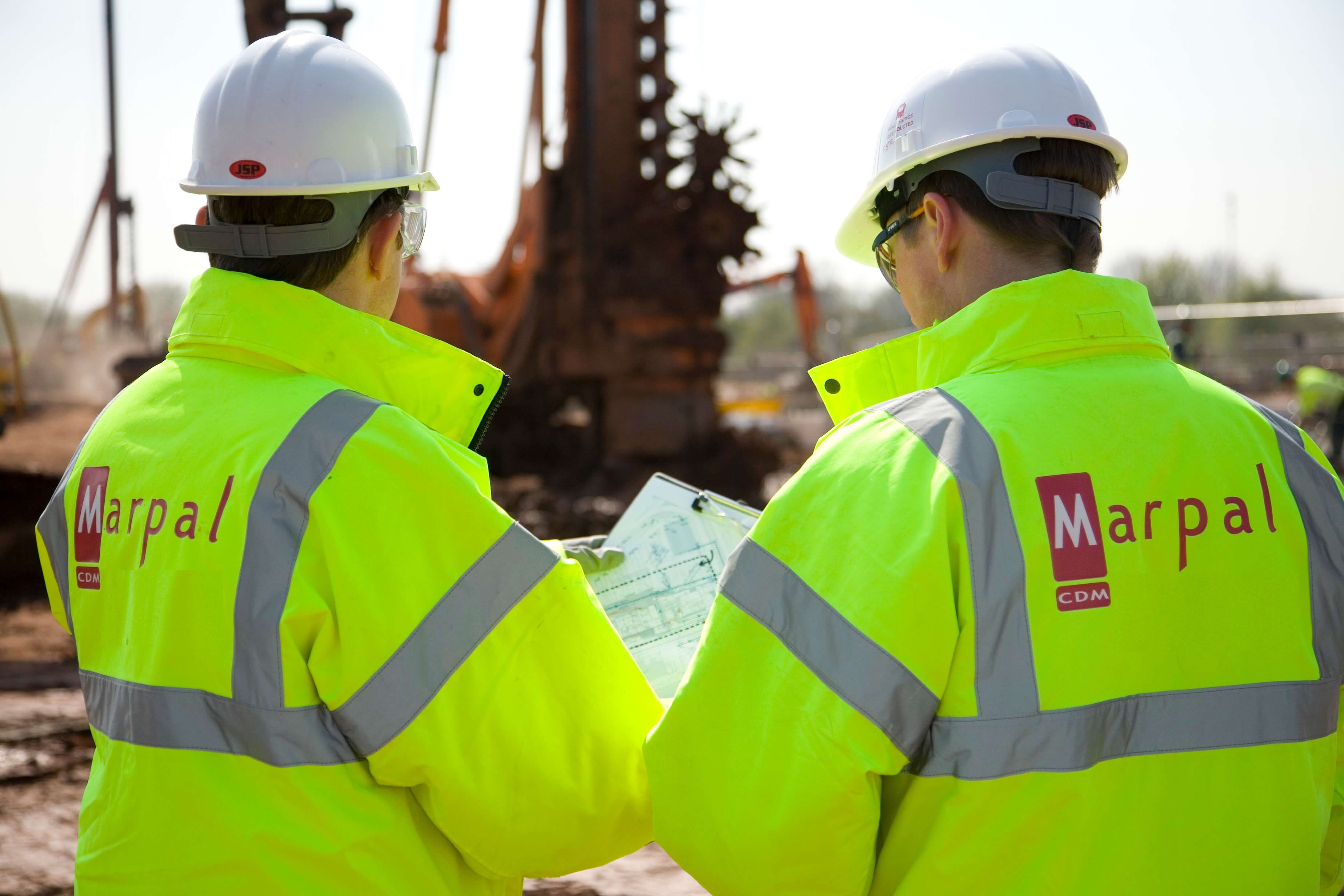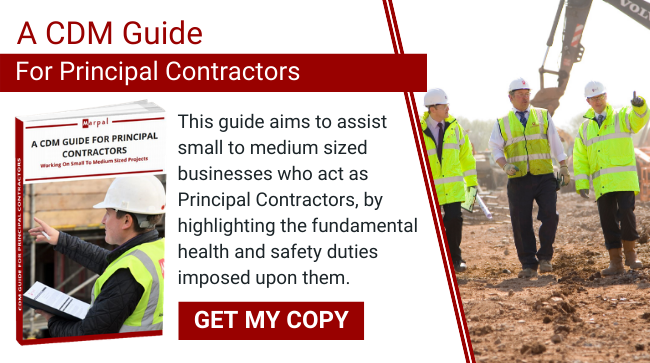
Any change to Health & Safety legislation can have significant consequences for companies and sole traders. The Construction (Design and Management) Regulations 2015, in particular, have made considerable changes to the way Health & Safety is managed in the construction industry.
Under the CDM Regulations 2007, a designated CDM Coordinator was required to advise on Health & Safety issues; a key Health and Safety Advisor to the Client. Integral throughout the planning and design phase, CDM Coordinators were qualified in Health & Safety and able to ensure the proposed plans and designs would meet the relevant legislative criteria under CDM.
However, the Construction (Design and Management) Regulations 2015 has changed the way the industry operates in relation to Health & Safety.
What Changes Have The CDM Regulations 2015 Made?
Under the latest regulations, a CDM Coordinator no longer needs to be appointed. Instead, Health & Safety responsibilities are shared between the Client and the Principal Designer. Whilst this may sound straightforward, it can be more difficult to implement in practice.
When approaching a project, establishing Duty Holders may not always be straight forward. For example, the Client is the Client under CDM, that’s easy enough, however, it will need to be determined who exactly takes on the role of Principal Designer.
Even if you acted as a CDM Coordinator under the CDM Regulations 2007, you won’t necessarily be appointed to take on the role of Principal Designer under the CDM Regulations 2015.
Whilst technically, Architects, Engineers or Project Managers may be capable of acting as Principal Designers, their primary duties in relation to a project can demean the importance that CDM places on the Principal Designer role – to coordinate the health and safety aspects of the Pre-Construction Phase of the project.
Who Appoints A Principal Designer?
The Client has a duty to appoint a Principal Designer – this must be done in writing. However, the Client may choose to retain this role and appoint a CDM Consultant to assist them. Clients often choose to do this as this retains an air of independence and impartiality, which is particularly important when quizzing and questioning the health and safety aspects of design work with the Design Team.
The role of a Principal Designer is purely a Health & Safety coordination role, so it’s vital that the right individual or organisation is appointed and their responsibilities are clearly understood.
To find out more information about the regulatory changes and what they mean for you, contact Marpal now on 01332 668877 or email us at [email protected].


